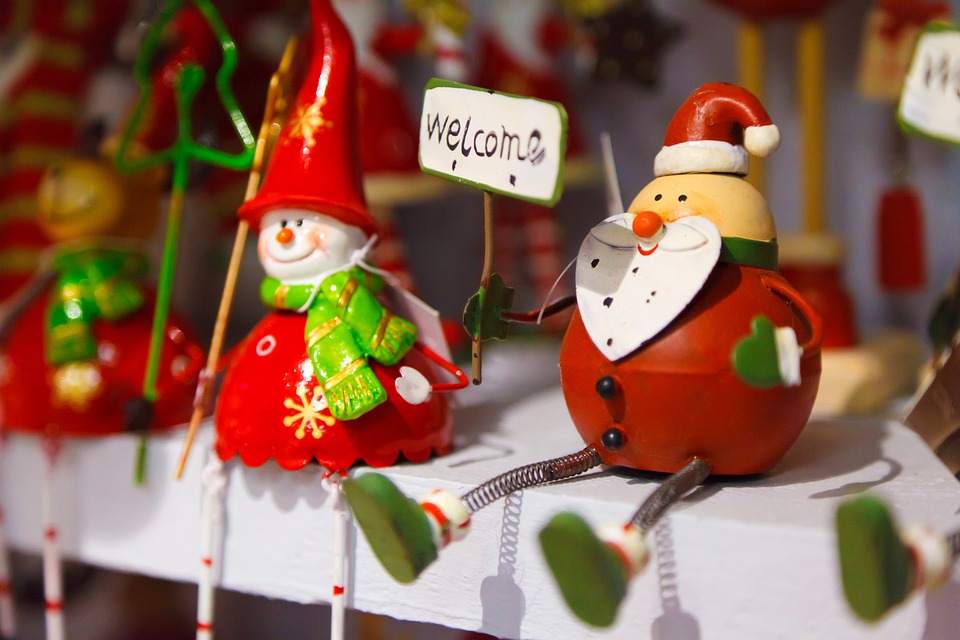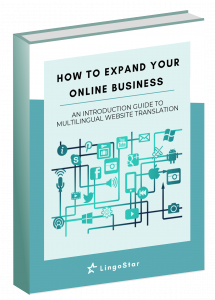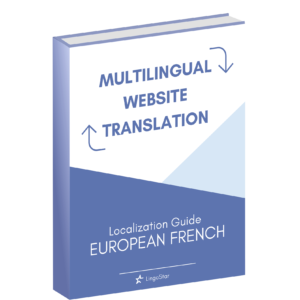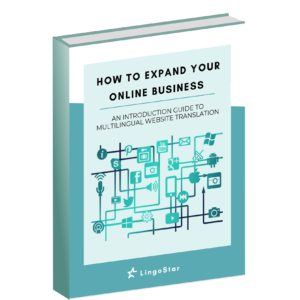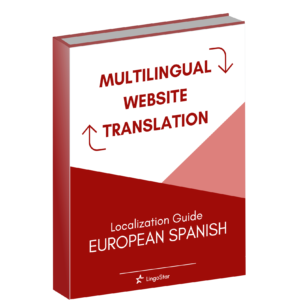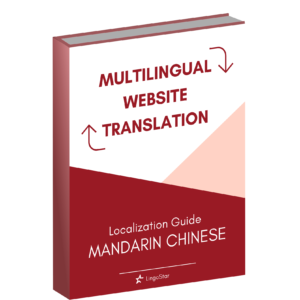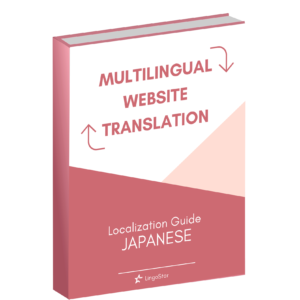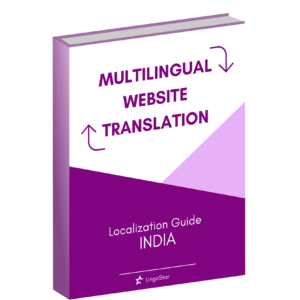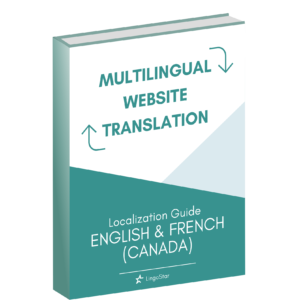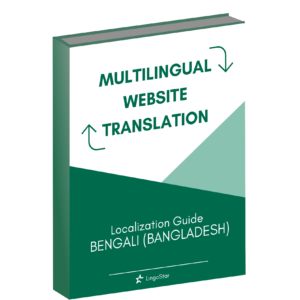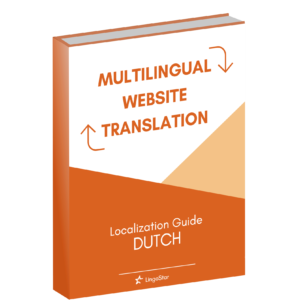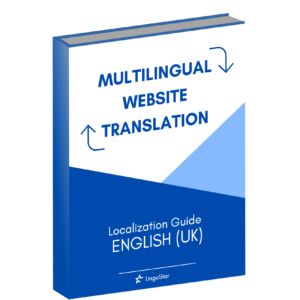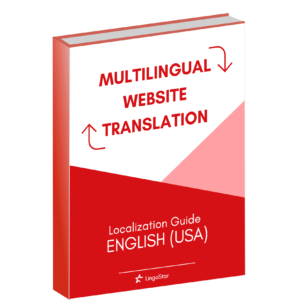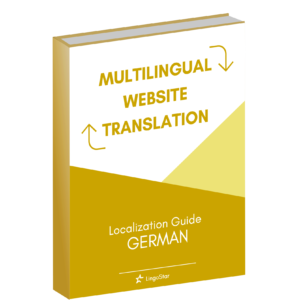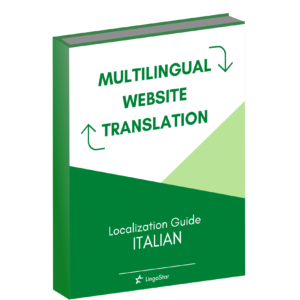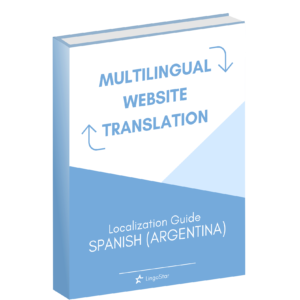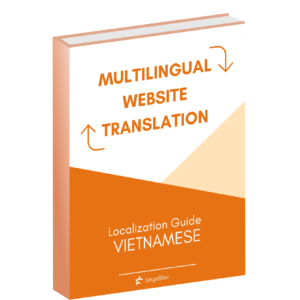Numerous articles and studies have now been written and published about the benefits of multilingualism. You only have to Google these last three words to get thousands of results. If you have a little bilingual child and you’re stuck for what presents to buy this year, why not put multilingual toys under the Christmas tree? Here’s a brief rundown on why you should!
Why is learning another language good for us?
Back in the 1920s through to the 1960s, the tendency was to find that bilingual children were not as efficient thinkers as monolingual children. The good news today is that the latest research has shown that bilinguals have thinking advantages over monolinguals. Early research was flawed. It didn’t compare like-for-like subjects (different social and educational backgrounds) and tested bilinguals in their weaker language. Today’s research across the world shows that bilinguals are more fluent, flexible, and creative thinkers, and move more speedily through the stages of cognitive development. But over and above the personal linguistic and cognitive advantages, knowing two or more languages also enables communication beyond national borders. It helps to understand other cultures and to better integrate our globalized societies.
When is it best to start learning another language?
Therefore, if the above is indeed true, it makes sense that the earlier a child learns a second language, the better. Not simply because the earlier children are aware of differences, the better, but because young children learn languages just as naturally as they learn to walk, run, or jump. They’re not concerned about mistakes or mispronunciation; they keep trying and acquire the words they need to get their message across. Being aware of differences early on is key to normalizing them. This is one of the reasons why it can be hard for teenagers to speak in a different language if they, or those around them, haven’t been used to it before. They are too self-conscious and embarrassed to be different at that age. They want to fit in, not stand out.
Five advantages to learning a second language in the early years of development – use multilingual toys
- It improves the development of a child’s communication skills
A bilingual child will learn to read, listen, and communicate more rapidly and more solidly because they have a richer vocabulary at their disposal. If, at first, we learn our mother tongue spontaneously, without grammatical rules, a child will be able to reinforce these concepts through the learning of a second language and by comparing the two.
- It improves a child’s ability to concentrate
Having a second vocabulary bank means that a bilingual child will be used to switching between the primary and the secondary language. This additional skill creates neural pathways that otherwise wouldn’t exist and reinforces the brain’s concentration system. Therefore, a bilingual child can concentrate more easily for a longer period.
- It improves a child’s ability to think creatively and critically
A bilingual child is constantly challenged, given the fact that they must navigate more than one linguistic system to communicate. This improves their command of their brain, which in turn improves their critical thinking skills and problem-solving skills. Richer skills in turn lead to more creativity.
- It fosters a child’s cultural curiosity
It helps them to make sense of the world around them. A bilingual child will look at the world through several lenses. This will lead the child to automatically adopt a positive attitude towards the culture of the language they are learning. It broadens their horizons, and they experience the world in a way they would not otherwise.
- It facilitates the acquisition of additional languages
Research has shown that young children learn a second language much quicker than adults do. Children who learnt a second language during the early years of their brain’s development appear to have more language awareness when they grow up. They can therefore learn a third, fourth, or even fifth language quicker.
Multilingual toys are a fun way to support language learning!
Since the best way to acquire a new skill at an early age is through play, this is great news for the Holiday Season! There are plenty of toys out there that encourage and nurture a multilingual and multicultural upbringing! From bilingual and trilingual books, blocks, puzzles and memory cards to multilingual electronic toys, musical books and multicultural toys, there’s something for everyone.
So, get Googling and Happy shopping! 🎄 🎁
Our mission at LingoStar
We are passionate, multilingual linguists and we love anything that helps to promote the benefits of learning languages, which is why we love to work on the hugely diverse range of projects our clients entrust us with. Every single translation we do contributes towards creating a more understanding world, as we make the written word accessible to more audiences. We especially love to work on projects aimed at children. We’ve recently translated cookery books into Spanish, instructional art books into Canadian French and a whole series of fun science kits into European French!
If you need a translation or recording for your next multilingual project, LingoStar is here for you! Please request a free translation quote. You can also email us at info@lingo-star.com. We’ll be happy to help you with your translation.
Remember to check out our series of ebooks on how to translate your website to multiple languages.
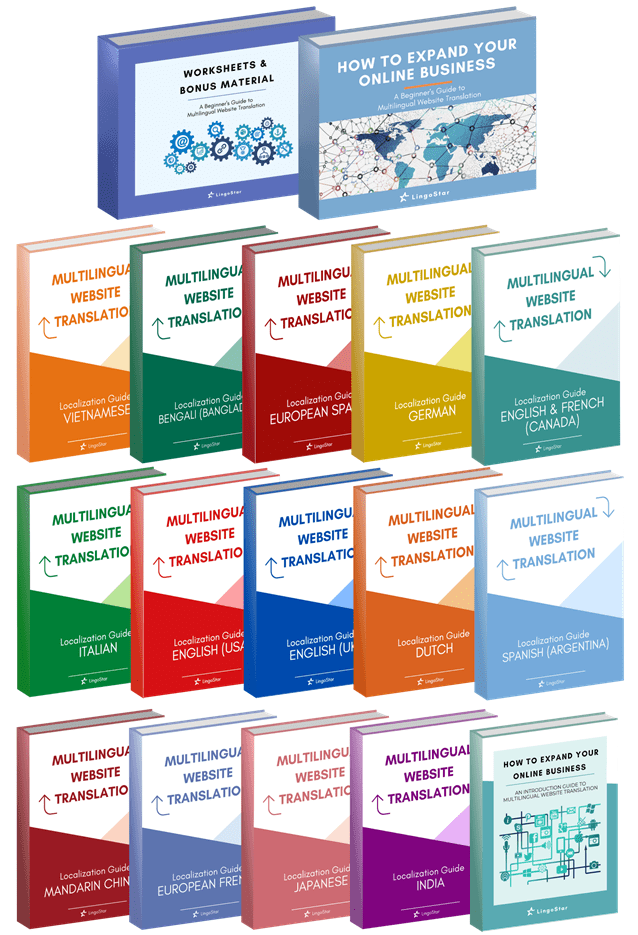
Last, but not least, don’t forget to subscribe to our newsletter below for news and updates! Also, read our past newsletters on a variety of language and culture-related topics.
